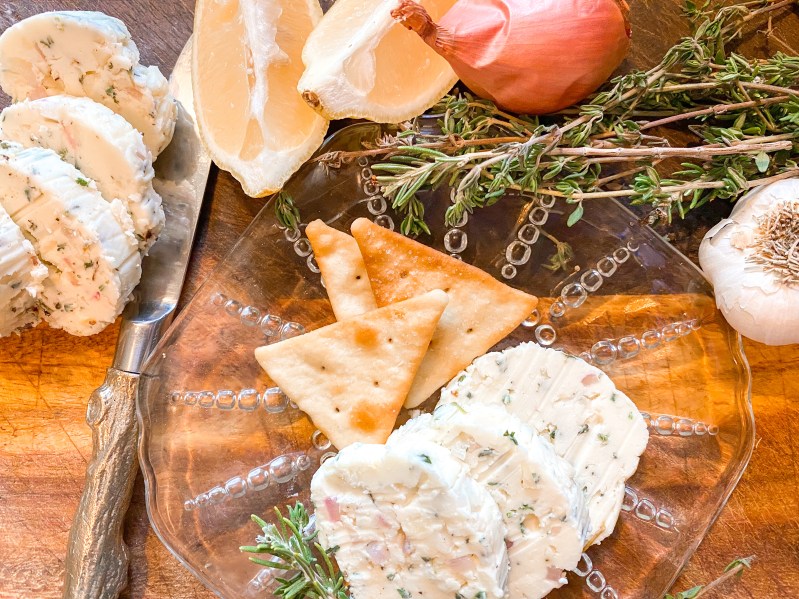If you’re looking for an easy, instant upgrade to just about any dish, compound butter is the way to go. When you’re looking for ways to add flavor to a dish, you can’t go wrong with infusing butter, already the world’s most perfect food, with fresh herbs and savory flavors like garlic and shallots. If you’re wondering how to make an over-the-top magnificent bird this Thanksgiving, the answer is compound butter. A steakhouse-quality steak for date night at home? Compound butter. Roasted vegetables with a complex, buttery sauce straight from your fridge? You get it.
So how do you make this magical ingredient? And how can you be sure you always have it in a moment of need? Read on to find out how to make compound butter, learn different recipe ideas you can try, and discover why you need to make a big batch of this buttery beauty ASAP.
What is compound butter?
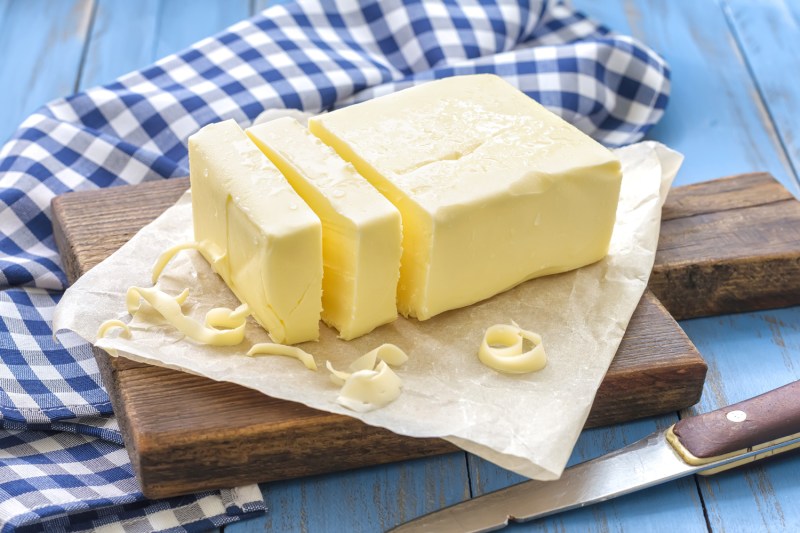
Compound butter is simply butter mixed with other ingredients and used as a savory flavor bomb to just about anything you can cook up. It can be used soft and spreadable, rubbed under the skin of chicken or turkey, or even as a wonderful topping for bread or crackers. Butter boards, anyone? One of the truly wonderful things about compound butter, though, is that it can also be chilled, sliced, and used for individual portions. One slice of this heaven-sent goodness melting atop a hot-from-the-skillet seared pork chop is simply out-of-this-world delicious.
How long will it stay fresh?
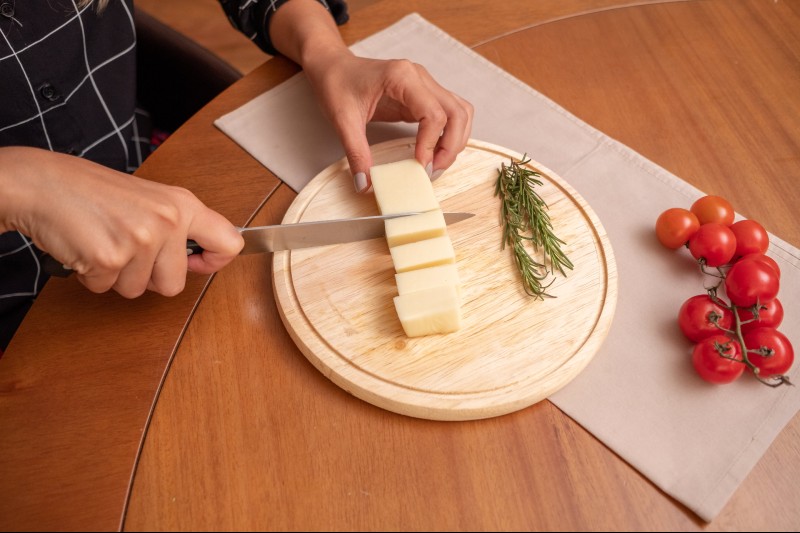
Sealed tightly in plastic wrap or a zip-top bag, homemade compound butter can last in the refrigerator for about two weeks. Conveniently, it also freezes beautifully and will keep in the freezer for up to six months. But we promise, you’ll go through this stuff long before you hit that mark.
How can I incorporate compound butter into my cooking?
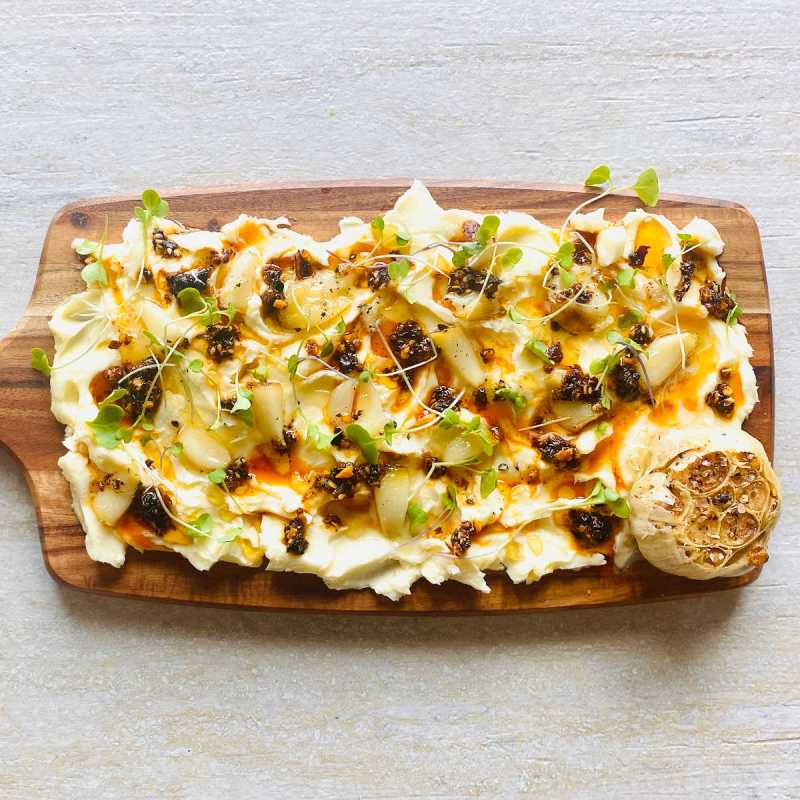
In just about any savory dish where you’d use butter, you can substitute compound butter. It does absolute wonders for a dish when spread over any piece of protein before it cooks. Whip up a large batch and rub underneath the skin of a turkey before it’s roasted for the most flavorful and moist bird you’ve ever prepared. Don’t forget that all of that flavor goes directly into the gravy as well (when you use the pan drippings), so the flavor will generously spread out to almost every dish on your Thanksgiving table. This method works perfectly for other poultry as well. You can also spread it into the cavity of fish before grilling for a succulent and flavorfully flakey catch.
When compound butter is soft, you can even simply use it as a spread on a crudité platter. The ingredients you’ve used will infuse into the silky butter and create one of the most addicting, savory dips you’ve ever tasted.
After compound butter has been chilled, it can be sliced and put on top of almost anything for a tasty buttery boost. Place a round on a hot juicy steak, a peppery and wonderfully gamey lamb chop, a perfectly roasted piece of salmon, or a delightfully earthy steamed artichoke. Toss a few slices into a pureed sauce or soup for velvety texture and added complexity. The possibilities are endless.
What ingredients should I use?

This is where cooking gets fun. While there are lots of compound butter recipes out there, you can use absolutely anything you want in your version. What are your favorite herbs? Toss some in. Can’t get enough Cajun seasoning in your cooking? Put as much as you want into your compound butter. Even unexpected ingredients like soy sauce, pesto, or hot sauce are incredible when incorporated into compound butter. If you’d like to add a bit of sweetness, honey mixes in gorgeously and is a welcome accompaniment to many dishes. For your morning bagel, a sweet mixture of butter, honey, cinnamon, and brown sugar would be amazing. Maybe drizzle in some maple syrup to amp the sweetness way up. Let your inner chef out by trying new flavor combinations. It’s really hard to mess this one up.
The compound butter recipe below is our favorite mixture of savory ingredients. It makes for an incredibly delicious spread when soft. When it’s chilled, you’d be hard pressed to find any savory dish in which it won’t shine.
Herby lemon compound butter recipe
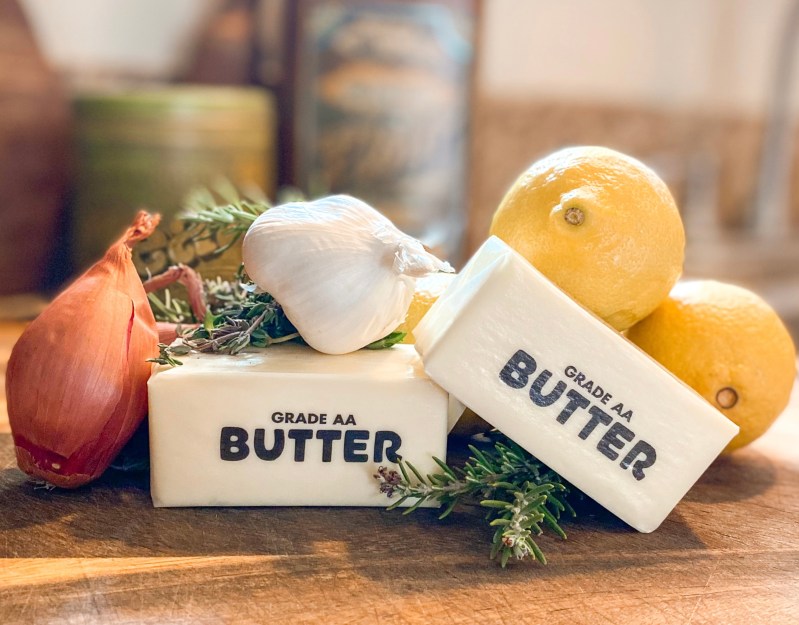
When you discover how easy it is to make your own compound butter and how incredibly tasty the results are, you’ll never be without a batch in your refrigerator or freezer.
Ingredients:
- 2 sticks butter, room temperature
- 1 tablespoon fresh thyme, minced
- 1 tablespoon fresh rosemary, minced
- 2–3 garlic cloves, minced
- 1 shallot, minced
- Juice from one lemon
- Zest from one lemon
- Salt and pepper
Method:
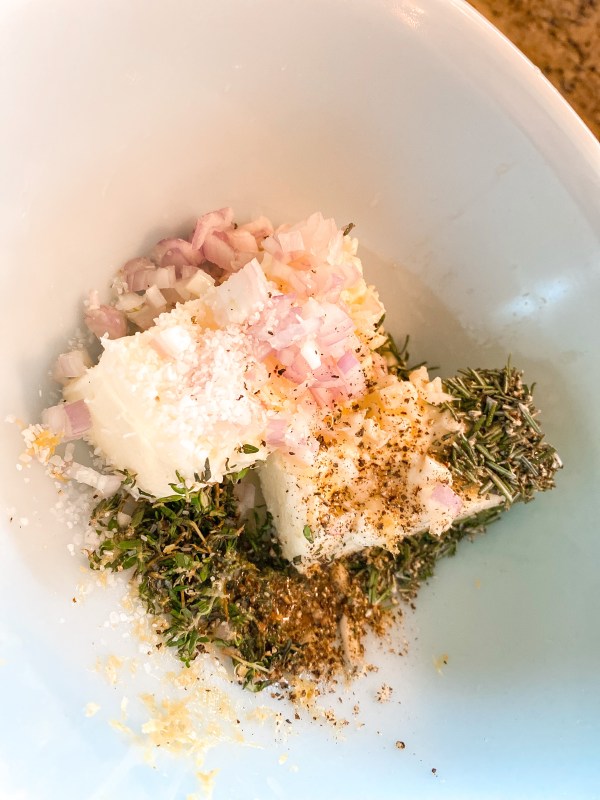

2. Scoop butter mixture onto a large piece of plastic-wrap and roll into a log shape, using the sides of the plastic to form the shape. No need to touch the butter directly and get greasy fingers.
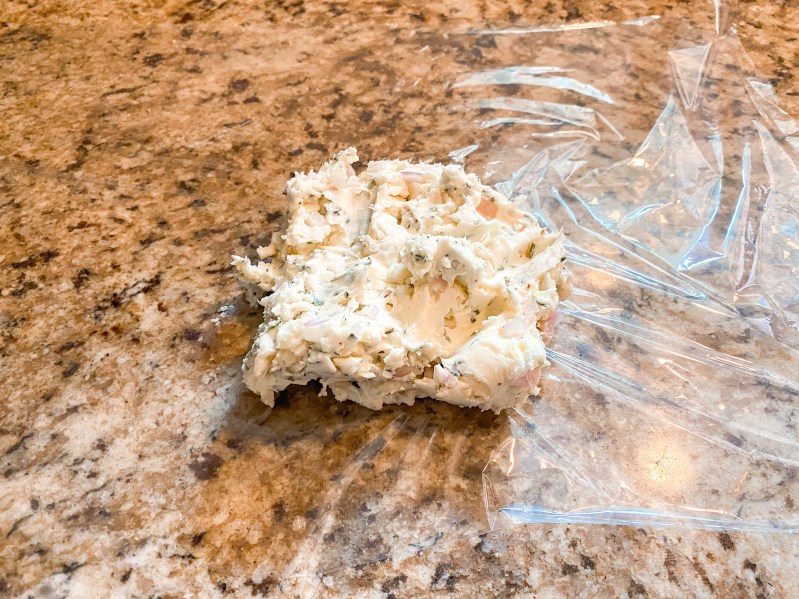
3. When the log is formed, twist the ends of the plastic, creating an air-tight seal. Chill for at least two hours, until the butter has hardened.
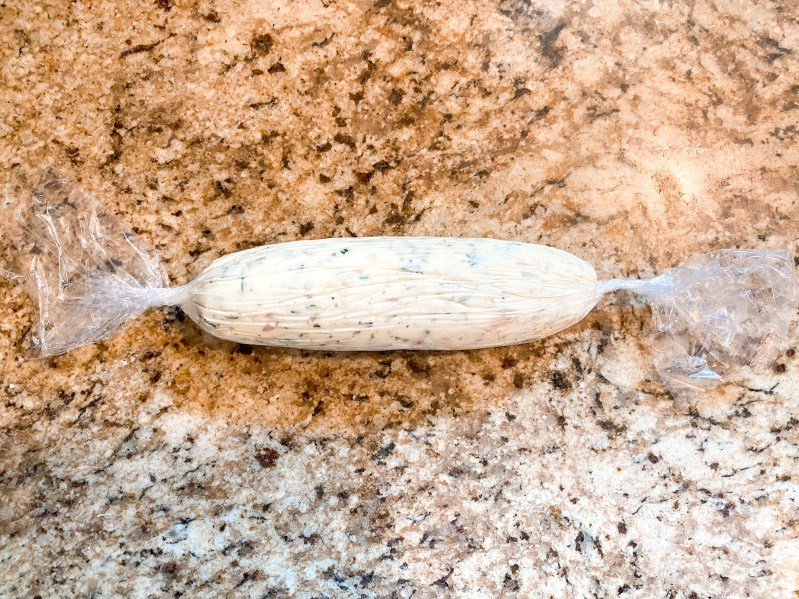
4. Slice and serve on top of anything you please.
